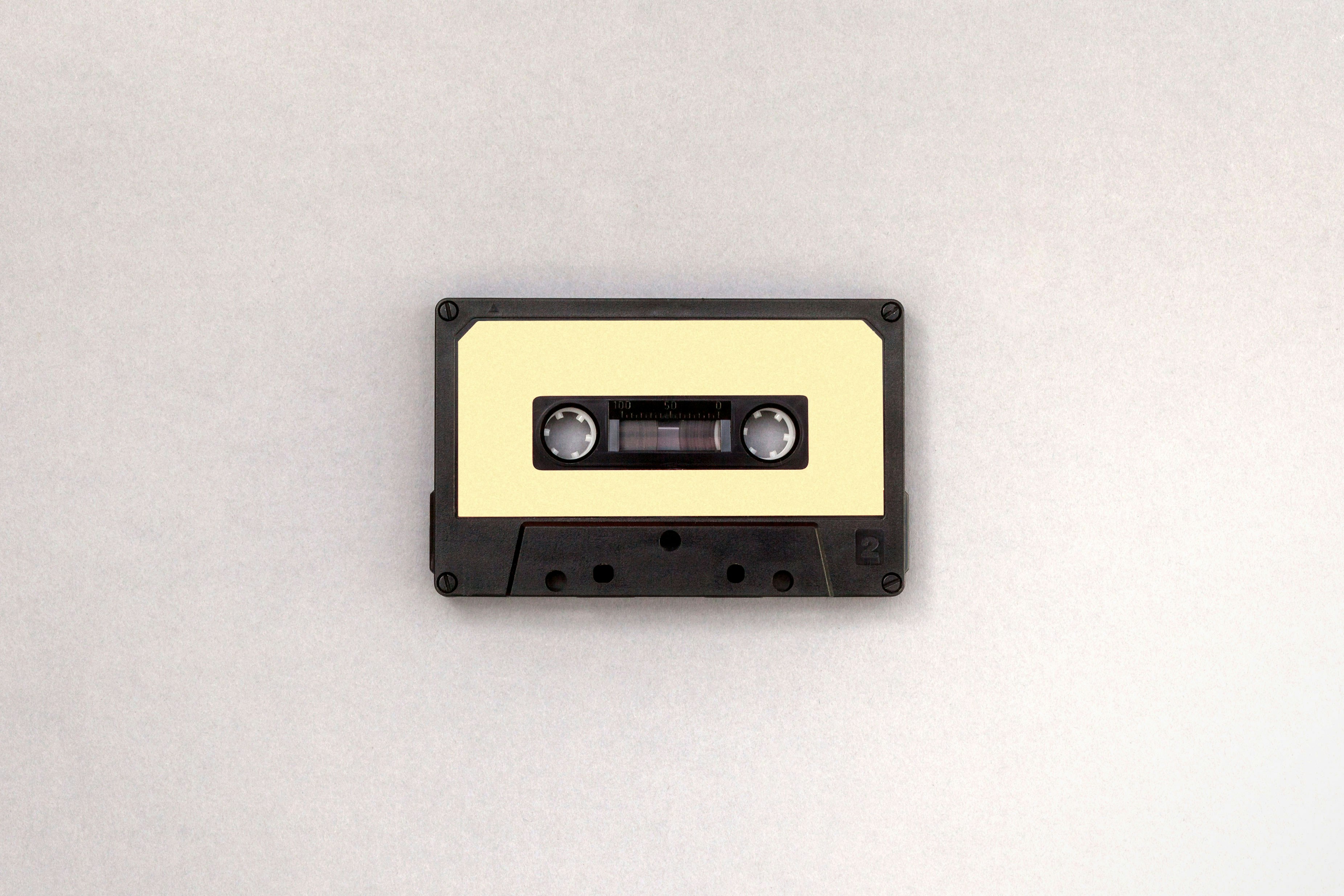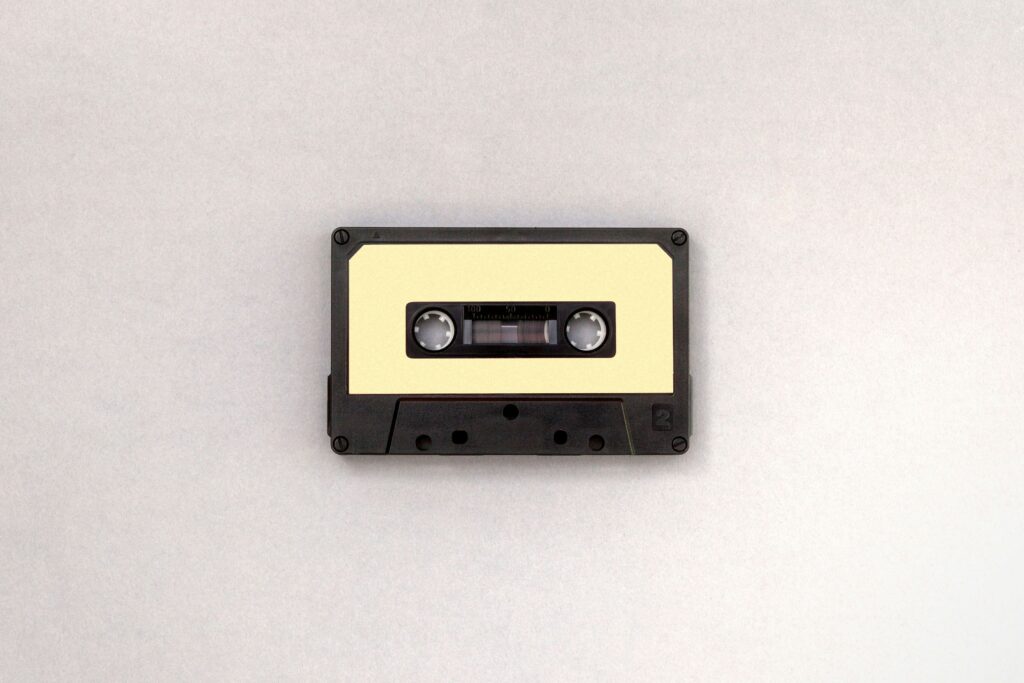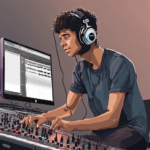
Table of Contents
If you’re an artist looking to share your music with the world, knowing how to distribute your music is essential. With the rise of streaming platforms and digital media, it’s easier than ever to reach listeners globally. Here’s an easy-to-follow guide on how to distribute your music and get it heard by as many people as possible.
1. Understand Music Distribution
Music distribution is the process of getting your music onto platforms where listeners can stream, download, or purchase it. These platforms include Spotify, Apple Music, Amazon Music, YouTube Music, and many more. The goal is to make your music available to a wide audience so they can easily access and enjoy it.
2. Choose a Music Distribution Service
To distribute your music, you’ll need to use a music distribution service. These services act as a bridge between you (the artist) and the streaming platforms. Here are some popular music distribution services:
DistroKid: Known for its affordable pricing and fast distribution.
TuneCore: Offers a user-friendly platform and allows you to keep 100% of your earnings.
CD Baby: Provides distribution as well as additional services like publishing administration.
Amuse: A free service that’s great for beginners.
Ditto Music: Supports indie artists with affordable plans and useful tools.
Choose a service that suits your budget and needs. Compare features such as pricing, commission rates, and extra tools they offer.
3. Prepare Your Music
Before you distribute your music, make sure everything is ready for a smooth release.
Key Steps to Prepare Your Music:
Master Your Tracks: Ensure your music is professionally mixed and mastered for high-quality sound.
Check Metadata: Include essential information such as song title, artist name, album name, and genre.
Create Album Art: Your artwork should be eye-catching and meet the specific requirements of streaming platforms (usually a 3000×3000 pixels square image).
4. Set Up Your Artist Profile
Most distribution services allow you to create and customize your artist profile on major platforms. Having a well-maintained profile helps you stand out and attract more listeners.
Tips for a Strong Artist Profile:
Add a Bio: Write a short and engaging bio that tells your story.
Upload Images: Use high-quality images for your profile picture and banner.
Link Your Social Media: Connect your social accounts so fans can follow you easily.
5. Decide on a Release Strategy
Planning your release strategy can make a big difference in how successful your music launch is.
Consider These Strategies:
Set a Release Date: Choose a release date that gives you enough time to promote your music beforehand.
Pre-Save Campaigns: Set up a pre-save campaign so fans can save your music before it goes live.
Single vs. Album: Decide whether you want to release a single, an EP, or a full album. Releasing singles can help build momentum over time, while albums offer a complete listening experience.
6. Submit Your Music for Playlist Consideration
Getting featured on playlists can significantly boost your exposure.
How to Submit Your Music for Playlists:
Spotify for Artists: Use this tool to submit your unreleased music for playlist consideration.
Pitch to Independent Curators: Reach out to independent playlist curators who create popular genre-specific playlists.
7. Promote Your Music
Distribution is just the first step—promotion is key to reaching more listeners.
Easy Promotion Tips:
Use Social Media: Share posts, stories, and short videos to promote your release.
Collaborate with Other Artists: Work with fellow musicians to cross-promote each other’s music.
Run Ads: Invest in targeted advertising on platforms like Facebook, Instagram, and YouTube.
Email Your Fans: Send out newsletters to keep your fan base informed and engaged.
8. Monitor Your Progress
Once your music is distributed and promoted, keep track of its performance.
Tools to Track Your Music’s Performance:
Spotify for Artists Dashboard: Offers insights into who’s listening to your music and where they’re from.
Apple Music for Artists: Provides data on streams, listener demographics, and more.
YouTube Analytics: Helps you see how your music videos and content are performing.
Use these tools to learn what works and what doesn’t so you can refine your strategy for future releases.
9. Keep Creating and Engaging
The music industry is constantly evolving, so staying active and consistent is essential.
Final Tips:
Release Regularly: Keep your audience engaged by releasing new music consistently.
Stay Connected with Fans: Reply to comments and messages to build a loyal community.
Keep Learning: Follow industry trends and adapt your approach to stay relevant.
By following these steps, you can distribute your music successfully and start building a larger audience. Remember, persistence and patience are key to making your mark as an artist.



